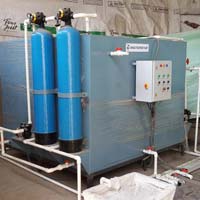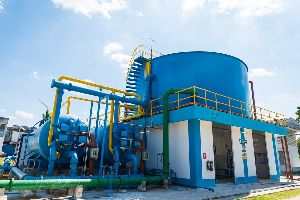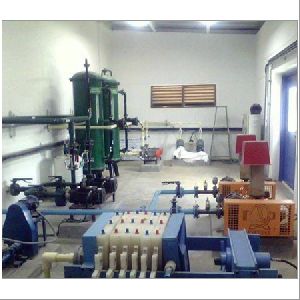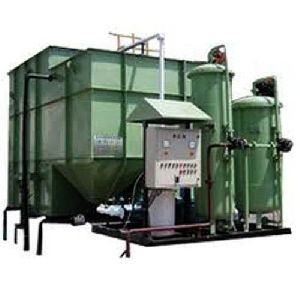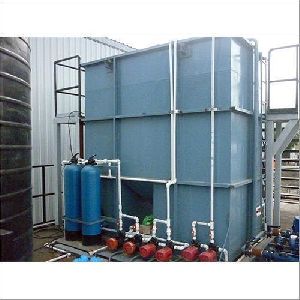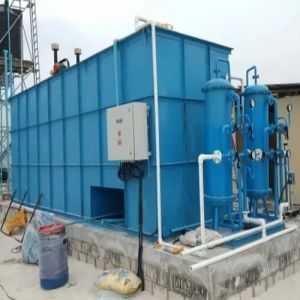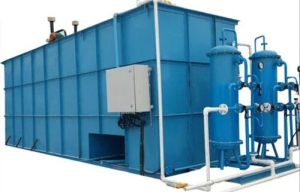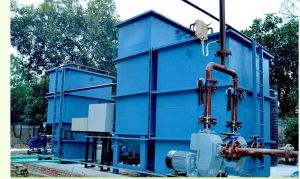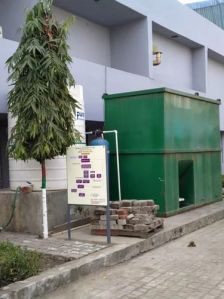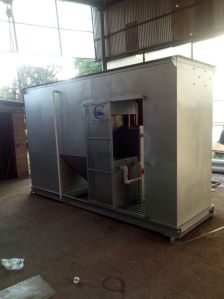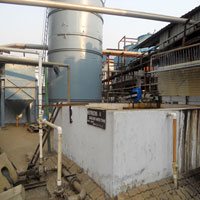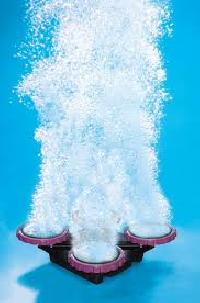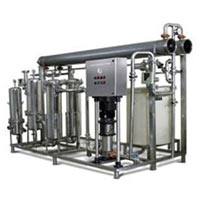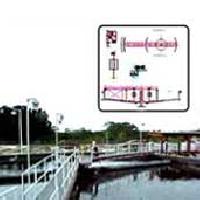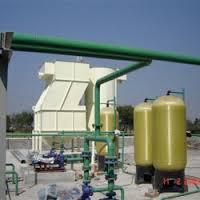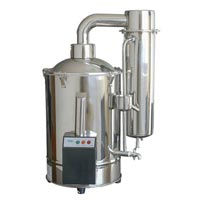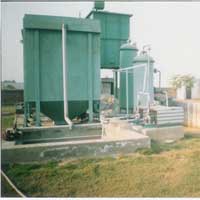Listing ID #99314
Company Information
Ask for more detail from the seller
Contact SupplierThe Sewage Treatment Plant offered by us is the best example of the latest development of technology. The Industrial Sewage Treatment is manufactured strictly adhering to the international guidelines so that it ensures total freedom from pollution. The Sewage Treatment Plant is available in different capacities to meet the specific requirements of the industry. We are among the prominent Manufacturers of Sewage Treatment Plant in India whose products are widely accepted in industries. The Sewage Water Treatment Plant is fit for all kinds of biological and chemical treatments. Treatment Techniques The basic technology generally used for the treatment of Sewage is activated sludge process. This applies to both small and large processing plants and the difference lies in the arrangement and enhancement of the various sections of the process. The activated sludge process is a natural process and nature offers us a unique solution to treat sewage. Nature has provided a special balance in this process in that the micro organisms present when the food levels are high, will also consume the largest amount. This allows the quick breakdown of the BOD levels to more reasonable levels. Once these levels are reached, other microorganisms, which are heavier and less mobile, will reduce the BOD levels further, until the final acceptable standards are obtained The fact that the last organisms are large and heavy, allows us in practical terms to settle these organisms out very efficiently, producing a clear liquor. To balance the process, we can identify four major sections in a activated sewage plant system:


